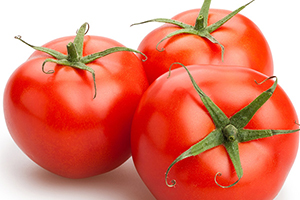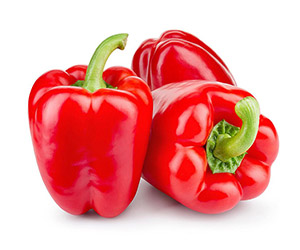Article By Chisomo Dzimbiri Vegetable Agronomist – Malawi
Onions are a vital crop for many Malawian smallholder farmers, offering a significant source of income and nutrition. To set yourself up for success, it’s crucial to get the nursery stage right. In this article, the first of our onion production series, we’ll focus on nursery management techniques that can make all the difference. We’ll explore seven common mistakes to avoid in onion nursery management, helping you prevent seedling losses and optimize your yields. By understanding these key principles, you’ll be well on your way to growing a healthy and thriving onion crop.
In this article, you’ll learn:
- Learning the Importance of Optimal ecological requirements
- Importance of selecting high quality seeds and available SeedCo varieties in the Market
- Common mistakes to avoid in onion nursery management
- Tips for optimizing seedling growth and reducing losses
- Best practices for setting yourself up for a successful harvest
Let’s get started and give your onions the best possible start in life!
- Know the Optimal Ecological Requirements
Onions in Malawi require specific climate conditions to thrive. When it comes to maturity, dry conditions are essential to prevent rot and promote bulb formation. Temperature also plays a crucial role, with optimal growth occurring between 15°C and 30°C. However, temperatures above 30°C can accelerate maturity, resulting in smaller bulbs and reduced yields. On the other hand, low temperatures can slow growth or trigger flowering, while cold weather increases the risk of leaf diseases. By understanding these climate nuances, farmers can better plan and manage their onion crops to achieve optimal yields.
- Importance of Disease and Pest Management
Don’t underestimate the importance of early disease prevention. Diseases like damping-off can decimate an entire nursery in days, while pests like onion thrips can destroy young plants. Regular monitoring, proper spacing, and using organic or recommended chemical controls can prevent losses.
- Importance of Selecting Quality Seeds
Selecting high-quality onion seeds from reliable suppliers is the foundation of a successful crop. Quality seeds ensure good germination rates, uniform growth, and resistance to diseases, ultimately leading to higher yields and better bulb quality. By choosing seeds from trusted suppliers, farmers can minimize the risk of crop failure, reduce the need for costly replanting, and maximize their returns on investment. In contrast, poor-quality seeds can lead to inconsistent growth, reduced yields, and increased susceptibility to pests and diseases, making it essential to prioritize seed quality when planting onions.
At SeedCo we offer a wide range of hybrid (F1) and Open Pollinated Varieties (OPV) of Onions such as;
a. HYBRID (F1): Neptune F1, Russet F1, Elad, Dina F1
b. OPV: Red Creole and Texas Granno
Selection of a variety should ultimately be guided by your farming needs and ecology
- Importance of Proper Mulching Techniques
Mulching is crucial for moisture retention and temperature regulation. However, many farmers either skip it or use thick mulch that suffocates seedlings. Mulch for at least the first week up to emergence, but avoid leaving it on for too long, which can cause seedlings to turn yellow and die.
- Importance of Using Proper Irrigation Methods
Sprinkler irrigation is common in onion nurseries, but high-pressure sprinklers can wash away seeds or damage delicate seedlings. Proper leveling and controlled water flow are necessary to avoid losses. Consider alternative irrigation methods or adjust your system to ensure gentle watering.
- Lack of Proper Hardening
Don’t rush transplanting! Failing to harden seedlings can lead to high transplant shock and mortality. Reduce watering frequency and expose seedlings to gradual sunlight before transplanting to help them adjust better.
To ensure a thriving onion nursery, focus on:
- Quality seeds
- Well-drained and fertile nursery preparation
- Proper water management
- Early disease prevention
- Careful handling of seedlings
Farming is a journey not a destination!
REMEMBER TO!!
a. Learn from your mistakes
b. Seeking advice from experts and peers
c. Continuously exploring new techniques and best practices
Embracing this mindset will help you grow as a farmer and improve your yields over time.
Share Your Experiences
#Letsgrowtogether
 Malawi
Malawi Seed Co Group
Seed Co Group Botswana
Botswana Kenya
Kenya Nigeria
Nigeria South Africa
South Africa West & Central Africa
West & Central Africa Tanzania
Tanzania Zambia
Zambia Zimbabwe
Zimbabwe


